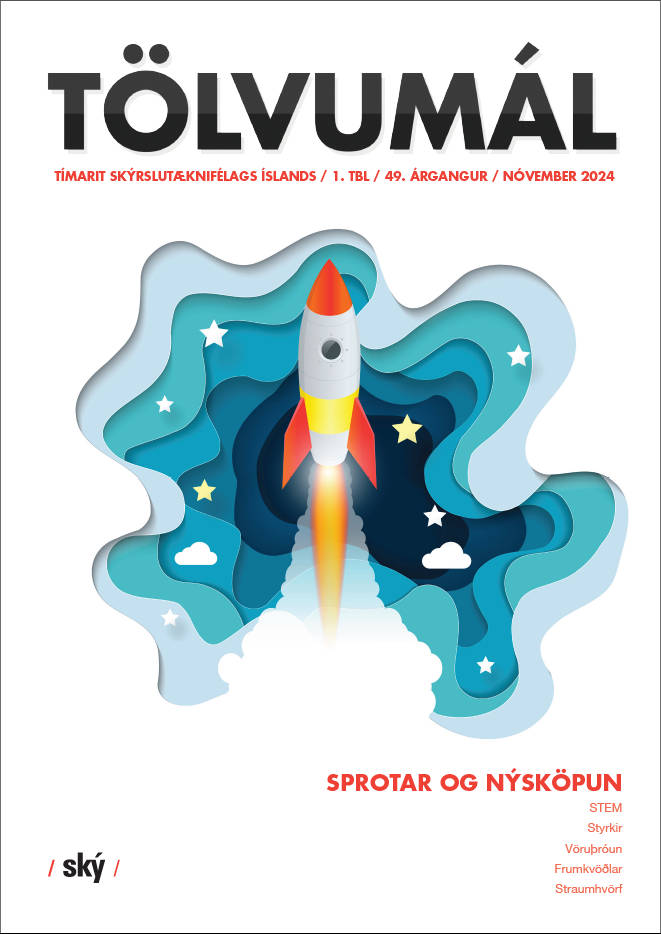
Multi-disciplinary contribution to technological clinical innovation at the Medical Technology Center
 There is no doubt that clinical environments have become very technological over the past twenty years. The technological changes in our society have also contributed to new developments in medical technology design and usage, of which two important factors are clinical data digitalization and integration.
There is no doubt that clinical environments have become very technological over the past twenty years. The technological changes in our society have also contributed to new developments in medical technology design and usage, of which two important factors are clinical data digitalization and integration.
Thanks to these new concepts, it has been possible not only to replace paper with digital health records, but also to increase the ability to make more links between clinical data, thereby improving our understanding of healthy and pathological conditions. In my opinion, the real technological challenge is to improve our understanding of clinical data.
The Medical Technology Center (Heilbrigðistæknisetur) is a research lab established by Reykjavík University and Landspítali in 2013 with the aim to provide didactic support for biomedical engineering students and to research and develop technological solutions to improve health.
The following projects give an overview of the ongoing activities at the Medical Technology Center/Heilbrigðistæknisetur showing the impact of technology in health science and our contribution to innovation and clinical applications.
Surgical planning and 3D printing
3D printing is a well-known process and an established technology. Applications in health care are among the most intriguing and challenging. 3D-printed anatomical models for surgical planning have gained a solid position as a potential solution to numerous clinical problems. This procedure is a great example of the integration of different technologies and multi-disciplinary skills in health. The process is based on the reconstruction of a region of interest from an image modality, such as Magnetic Resonance Imaging (MRI) and Computed Tomography (CT), and the use of 3D printing technology to construct a reliable model of the anatomical region. Finally, surgeons can use this model to prepare and train for the surgical procedure.
Despite the well-documented clinical applications of 3D printing in the last few decades, it is yet to be successfully integrated into many hospital-based clinical services on a day-to-day basis. The reasons? In my opinion, the main reason is the lack of knowledge regarding how to move from a single study case into a clinical process, or, more precisely, what is needed in terms of skills, resources and organization to implement 3D printing clinically. In Iceland, we have been pioneers in integrating this service at Landspitali, where surgeons can request a 3D printed model directly from the health portal, as any other clinical examination.
We have planned over 200 surgeries with 3D printed anatomy, including orthopedic, craniofacial, cardiac and neurosurgical surgery, with a significant impact on the Icelandic health care system. Based on the feedback that we receive from surgeons, our models allow reduced surgical time, increased confidence and clinical outcome, and in some cases, have saved patient lives.

Figure 1: 3d printing workflow, from medical images to a 3d printed model (A). Different clinical applications of 3d printing at Landspitali
Assessing postural control and seasickness with virtual reality and biosignal analysis
Motion sickness and postural control conditions are common complaints among those who passively travel. Many theories that explain a probable cause for motion sickness have been proposed, but the most prominent one is the sensory conflict theory. This theory states that a mismatch between vestibular and visual signals causes motion sickness. In any case, very few measurements have been made to understand and quantify the interplay between muscle activation, brain activity, and heart behavior during this condition. In winter 2020 we inaugurated the 1st motion sickness lab at Reykjavík University, in collaboration with the University of Iceland and with Prof. Hannes Petersen, Specialist in Otorhinolaryngology, Head & Neck Surgery. The motion sickness lab is based on a novel multi-metric system including, virtual reality (VR), a mechanical platform, and several biomedical sensors to study muscle, heart, and brain physiology associated to motion sickness.
The developed measurement system allows synchronized multi-modal acquisitions such as electroencephalography (EEG), electromyography (EMG), heart rate (HR), oxygen saturation (SpO2), and stabilogram movements while a subject is exposed to a virtual environment that can induce seasickness.
We have performed measurements on over 100 individuals, and we are currently analyzing and classifying the data using machine-learning technology in order to quantify and predict motion sickness onset.
The motion sickness lab aims to identify the key physiological factors that differentiate those who suffer from motion sickness from those who do not, and in the future create training and rehabilitation protocols for seamen and people suffering from postural control disorders.

Figure 2: Schematic representation of the VR platform and biosensors whose outputs are processed by a machine that performs the classification based on the subject self-reported motion sickness questioners (A). Brain connectivity changes associated to Hands on -off during virtual reality experience (B).
Future directions
The role of technology in health science and practice will continue to grow in the coming years. The knowledge and skills required to exploit technological improvements and their potentials clinically are becoming increasingly specific and involve multi-disciplinary input. It is essential to pursue collaborative approaches to improving clinical healthcare in order to fully implement the rapid advances in technology for the future benefit of patients.
Dr. Paolo Gargiulo, Professor, director. Inst. f. Biomed. and Neural Engineering/ Biomed. Technology Centre, Reykjavik University & Landspítali
Skil á efni
Leita í vefútgáfu Tölvumála
Um Tölvumál
Tölvumál - tímarit Skýrslutæknifélags Íslands er óháð tímarit um tölvutækni og hefur verið gefið út frá árinu 1976.
Vefútgáfa Tölvumála birtir vikulega nýja grein á vef Ský og árlega er gefið út veglegt prentað tímarit undir nafninu "Tölvumál" þar sem fjallað er um tölvutækni frá ýmsum sjónarhornum og er þema blaðsins jafnan valið snemma árs og útgáfa að hausti.
Ritnefnd Ský sér um að afla efni í Tölvumál og geta allir sem áhuga hafa sent inn efni.
